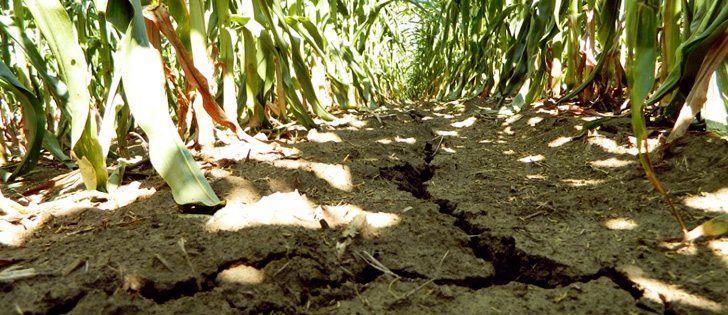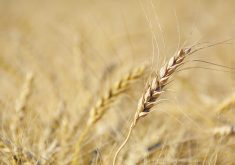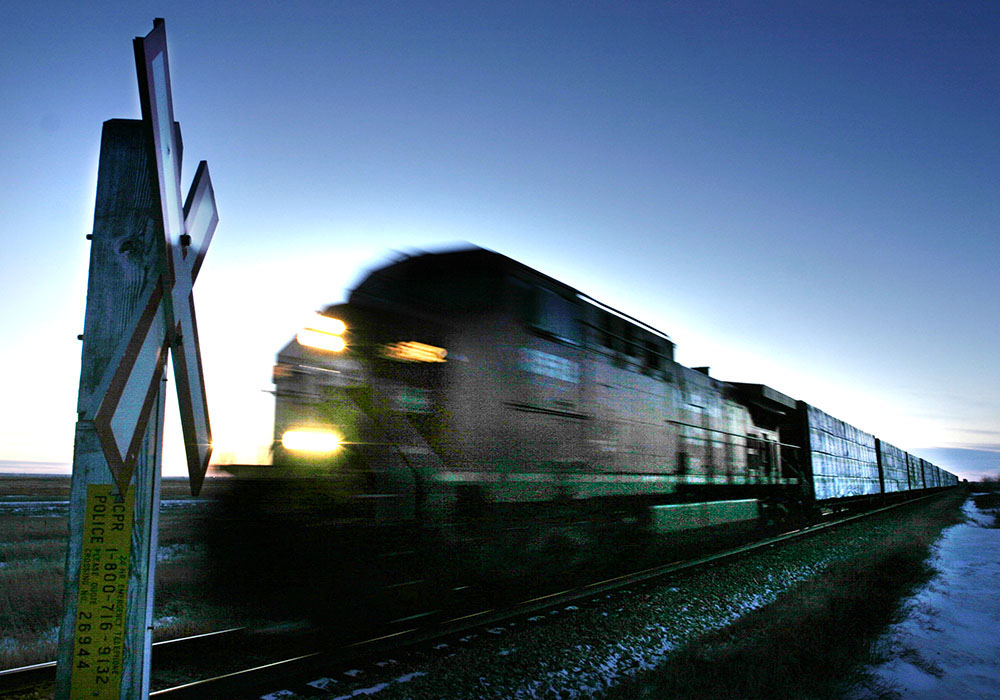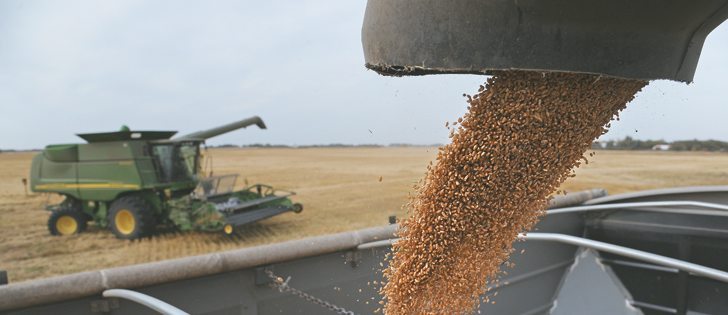A grain market analyst thinks markets are responding to this year’s drought in the United States the way they did to the last big drought in that country.
In 1988, U.S. corn, soybean and wheat production fell 31 percent, 20 percent and 14 percent respectively compared to the previous year due to dry conditions.
This year’s drought damage isn’t expected to be nearly as severe. The U.S. Department of Agriculture is calling for a five percent increase in corn production, a slight 0.2 percent decline in soybean output and an eleven percent hike in the wheat harvest. Reduced yields are being offset by higher plantings, especially for corn.
Read Also

Working groups established to address challenges in the containerized and bulk movement of commodities
CN is working with the pulse and special crops sector on resolving challenges in shipping those commodities.
Those estimates were made July 11. Production numbers are likely to fall in the USDA’s Aug. 10 World Agricultural Supply and Demand Estimates report.
Brian Clancey, grain analyst with Stat Publishing, said there are similarities in the way markets are re-sponding to the two droughts.
During drought years, prices tend to run up prior to harvest over fears of what will happen to yields.
“The purpose of that, of course, is to make buyers think twice about buying and to defer their demand.”
Clancey said the most obvious signs of demand chill this year are the U.S. livestock herd reductions. The cattle herd as of June 2012 was down eight percent compared to a year ago, calves fell 23 percent and the hog herd was four percent lower.
After harvest the mindset shifts to how to move product before prices tumble. That heightened sales activity leads to a downturn.
“In a market that’s really bullish prior to harvest, the highs for the season tend to get set early and the market tends to trend lower after that,” said Clancey.
In 1988, corn prices peaked in July and then tailed off. Pulse and special crops prices hit their highs in August and September, dropped in October, rallied in November and December and then fell until the next crop year.
Once the market turns down, farmers and exporters start selling for fear they have missed the boat, adding to the downward price momentum.
The lesson for growers is that it may be time to lock in prices at today’s highly profitable bids.
“I can’t see how you can lose money by making sure that you sell enough to cover your cost of production and maybe sell some extra to get yourself that holiday in December.”
Clancey sees new crop yellow pea bids in excess of $9 per bushel and thinks it’s a no-brainer.
“If I was a farmer I would be selling. I would take some of that. I wouldn’t hesitate.”
















